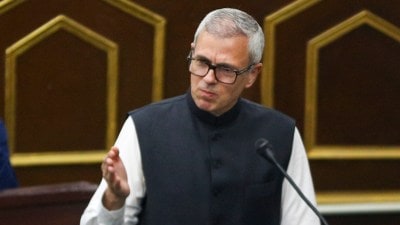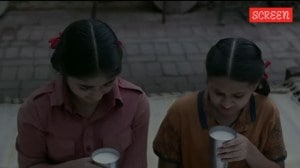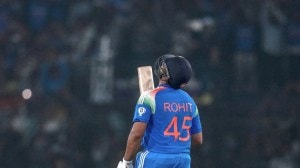`Wherever I have spotted talent, I have allowed a film’
The sixth Mumbai International Film Festival for Documentary, Short and Animation Films (MIFF) will be held from February 3 to 9 under the...

The sixth Mumbai International Film Festival for Documentary, Short and Animation Films (MIFF) will be held from February 3 to 9 under the aegis of the Films Division. Chief Producer of Films Division and director of the festival Bankim claims the biennial event, in which of 32 countries are participating, will open up a new world of films, ideas and technology.
Unlike in the past when taxi fares and refreshment bills had to be cleared by the Chief Producer, I have decentralised the organisation. Functional powers have been granted to the four main offices in the metros and 12 branch offices. Basically, I have reposed faith in the technical staff.
What are the changes in terms of furtherance of good and interesting films?
I have groomed my directors. Of course, I am fully aware that not all of them are the best of people I would have wanted to work with. But I have made the most of them.
Secondly, I have given encouragement to technicians like cameramen, sound recordists and unit managers.These people would have retired without making a single film. But, wherever I have spotted some talent I have allowed them to make films on their own. For instance, Bharat Berde, a sound recordist, after serving the field for 15 years has made a film on the Gotmar Mela (an annual custom involving stone pelting and large number of accidents) in Madhya Pradesh. He is about to finish another film on poet Pradeep.
Thirdly, I have groomed outside directors as well. Young, talented directors have been provided with infrastructure by the FD. One such director, Mainak Trivedi’s film has been included in the Indian panorama section of the festival. In fact, I have made an announcement in the Film and Television Institute of India (FTII) and other places that young graduates are welcome to come to us with ideas for documentaries. In this way we can improve the quality of our documentaries. And young people who are driven by the urge to make their name, are bound to work harder.
Does the festival have anypalpable gains for documentary film-makers?
It provides great exposure for those who want to learn. Where else will young directors and students of mass-communication get to see such a varied fare?
Why is it that non-governmental agencies and private documentary makers are not inspired by FD?
None of the NGOs has approached us. In fact, the FD can provide them not only with the infrastructure but also with a wonderful all-India distribution network.
have mentioned networking with educational institutions. What efforts have you made to show your films to school and college children?
The initiative has to come from both sides. Some schools are happy screening Mickey Mouse, whereas some others have approached us. We to are trying to penetrate the schools. So far, FD has been too low profile. But wherever we have made an extra effort, our films have clicked. For instance, last year we made a film on Haj pilgrims titled Aao Haj Kare provides a tour guide to anaspiring haji. The video cassette of the film sold like hot cakes. We had opened stalls in select dargahs and other religious venues. Similar efforts can be made in schools too. In fact, our films on the lives of the performing artistes of India can prove very educational. Recently, a father sent one such film to his foreign-based children. He referred to it the “the best gift ever”.
Films Division documentaries shown before the feature films in different theatres are normally unwelcome? No one ever watches these nuggets. What do you feel?
It is no longer so. We have segmented our films in two categories–urban and rural. So while mofussil theatres show documentaries on effects of fertilisers, the ones in metros show a film on Y2K.



- 01
- 02
- 03
- 04
- 05




























